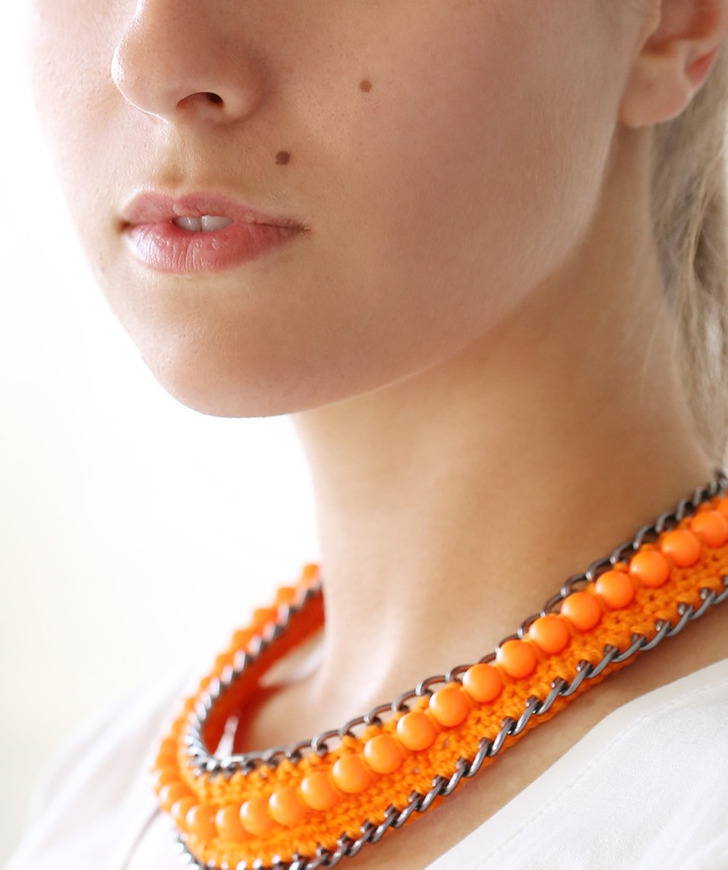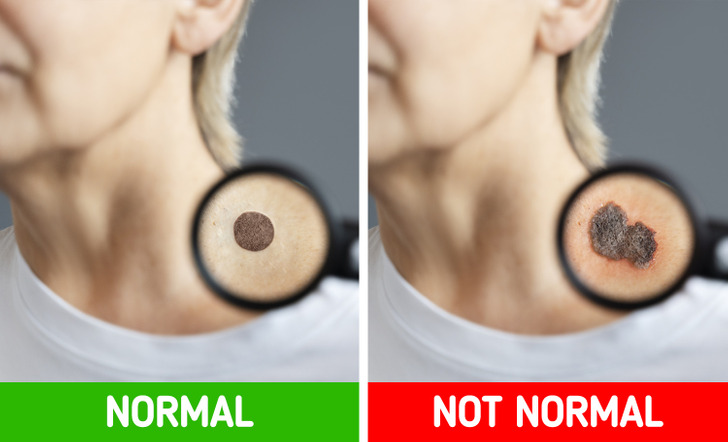What Causes Moles to Appear
5-Minute Crafts would like to tell you about why moles appear and why it is important to monitor their changes.
❗ This article is for informational purposes only and doesn’t replace professional advice.
What are moles?
Moles are small growths on the skin that can range in color from the natural skin tone to brown or black. They can appear anywhere: on the skin or mucous membranes, alone, or in groups. Most moles appear on a person’s body during childhood, but they can continue to form throughout life. Over time, some of them may change slightly: become a little more raised and lighter in color, hair may grow on them, and they can even disappear without a trace.
Why do they form?
Even in the womb, a developing fetus begins to produce melanocytes — cells that will be responsible for their skin color in the future. After birth, these cells are not always evenly distributed over the skin, and they form clusters in some places — which result in moles.
Different people can have a very different number of moles on their bodies. Usually, the number varies from 30 to 60. The number of new moles mainly depends on inherited genes and sun exposure. Areas on the body that are more exposed to sunlight often have more moles. Although they may even appear in sun-protected areas.
Moles may get darker after sun exposure, during puberty, and during pregnancy. In most cases, these changes are not dangerous, however, if you notice that a mole changes in an irregular or uneven manner and looks strange, be sure to consult a doctor.
Why is it important to monitor your moles?
A “safe” mole should have neat edges, a flat or domed shape, and a diameter of about 1/4 inch. Its color and size should remain unchanged over time. But there are a number of alarming symptoms you should pay attention to and immediately consult a doctor if you notice:
- a mole that gets bigger or changes its shape (for example, taking on an irregular shape)
- color changes
- a loss of symmetry
- discomfort in the area of the mole (itchiness or pain)
- inflammation of the mole, the appearance of crusts, etc.
In order to notice these changes in a timely manner and prevent complications, it’s important to examine your moles on a regular basis.

